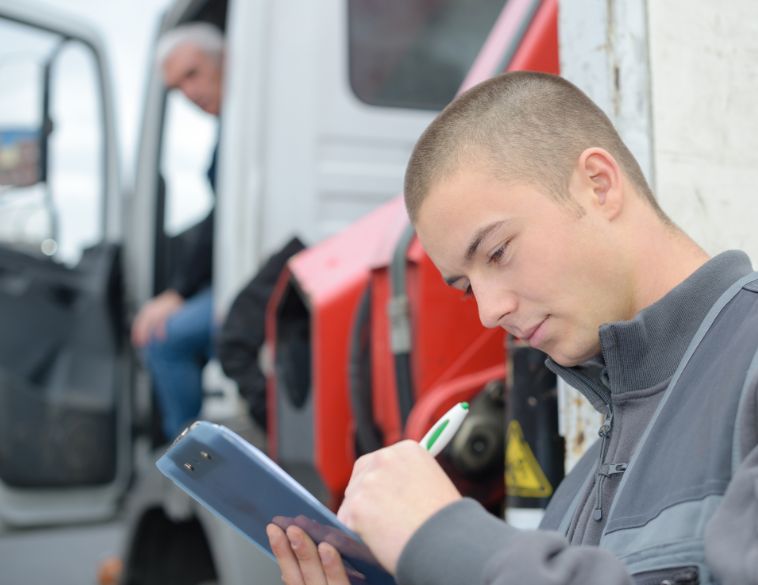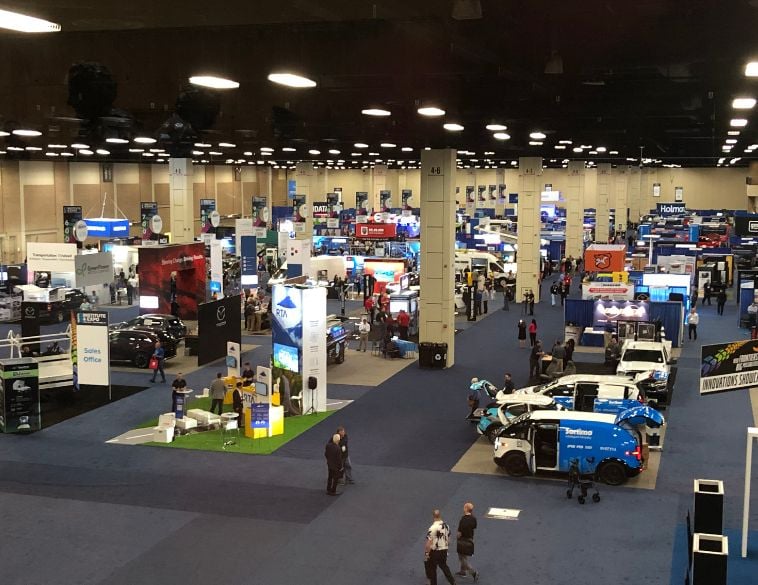The management of user safety issues within a vehicle fleet must be part of a company’s major strategic orientations, defined as an organizational responsibility and specified in a global program.
User safety and risk prevention within a vehicle fleet are strategic issues. According to the experts, the management of these issues must be part of a company’s major orientations, defined as an organizational responsibility and specified in a global program.
“When it comes to safety, a company that wants to follow best practice will adopt a global vision and a top-down approach to safety,” explains Shawn Morris, Vice President at Holman, a firm specializing in fleet management. “Responsibility for these issues should not rest solely with the fleet manager, but with the entire organization. The role of each department should be specified in a security policy issued by senior management.”
Kimberly Clark, Director at Element, a company that manages over 1.5 million vehicles, agrees. Fleet managers can guarantee user safety by implementing a safety program that articulates the following aspects:
“A comprehensive safety program includes updating guidelines to comply with new laws and regulations, implementing protocols with traceable measures for vehicles and drivers, automating guidelines for drivers, providing reports to managers, as well as management commitment to the application of such a program.”
Training, essential, but often neglected
In a context where new technologies and different safety-related equipment are multiplying, training remains an essential pillar in ensuring user safety.
At Element, training includes mandatory courses to integrate best practices, as well as incentives for top performers.
“We also suggest proactive coaching and risk rating to better align driver training with observed trends,” says Clark. “Collaboration between drivers and managers is also encouraged to reinforce safety protocols.”
For Shawn Morris, training must be timely and prescribed according to the type of equipment used and the driver’s experience.
“Ideally, training should be tailored to each individual. A Class 8 vehicle operator, for example, or a truck driver pulling a propane trailer, will need to be able to meet different requirements depending on the type of business. Nor should we forget the various regulations in force, which are constantly evolving. A training plan therefore needs to be tailored to each individual and to the equipment used.”
When it comes to health and safety, regulations evolve rapidly; there’s a tendency for standards and regulations to tighten within a cycle of about five years.
“Safety regulations are becoming increasingly stringent, putting more pressure on companies to be responsible for their assets,” says Morris. An ongoing training program is therefore recommended.”
Telematics, an essential tool
At Element, experts use telematics to improve driver safety and reduce collision costs.
“Connected technology is an important aspect of any safety program, as it provides information on the driver’s overall performance, enabling proactive corrective measures if necessary,” explains Clark. “Our customers can choose different options depending on their budget, available technology and corporate culture sensitivities.”
Guillaume Poudrier, President of Geothentic and an expert in telematics, offers fleet managers a multitude of software and hardware solutions.
For example, Mr. Poudrier offers his customers a module called the Mobile Control Access System, which ensures that the person using a vehicle has the training and license required to drive said vehicle.
“That’s the basis! If a driver uses a vehicle, it’s because he or she has the right and competence to do so. Unfortunately, all too often on sites or worksites, people will take it upon themselves to move equipment without having the experience or license to do so safely.”
In addition, telematics enables managers to collect and analyze neutral data that can be used to raise awareness among employees whose behavior is at risk when using vehicles.
“In the case of incidents, for example, telemetry and telematics are not only used to find out what happened, when and how, but also to identify who was at fault. With our tools, it is possible to identify who is driving the vehicles and how. These usage statistics are used, among other things, to develop a customized training program for these users.”
User safety in Victoriaville, QC
The fleet managed by Michel Lachapelle, Director of Public Works for the City of Victoriaville, in the province of Quebec, includes some one hundred vehicles of all kinds, equipped to ensure user safety: from reversing cameras to audible warnings and side panels.
“Today, almost all our vehicles are equipped with reversing cameras; our heavy vehicles, service trucks and even tool vehicles such as graders and loaders.
“Also with the aim of reducing risks, Victoriaville has installed wide-band audible warnings on their heavy vehicles.
“Various studies have been carried out to measure the effectiveness of different sounds; they conclude that broadband sounds, which are duller and last longer, attract more attention than high-pitched sounds. Victoriaville has therefore opted for this type of horn to improve user safety in a municipal environment.”
In addition, to protect cyclists and prevent bicycles from slipping under the wheels, side panels have been installed on heavy vehicles. Wide-view mirrors, installed on municipal trucks, reduce blind spots by allowing a 180-degree view on either side.
Finally, telematics are used to anticipate precipitation and facilitate snow removal. These include camera-equipped weather stations installed in the most sensitive areas.
“We have five weather stations in the municipality that provide us with real-time road conditions. These stations provide us with analyses and information on precipitation, the presence of ice or snow; all with the aim of anticipating weather conditions and adjusting our snow removal operations accordingly.”



